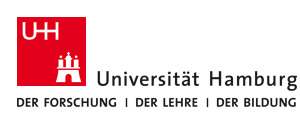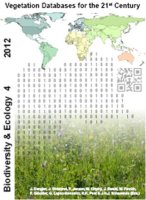Biodiversity & Ecology
Short Database Report Open Access
Database Dry Grasslands in the Nordic and Baltic Region
Keywords: bryophyte; dry grassland; European Dry Grassland Group (EDGG); European Vegetation Archive (EVA); Festuco-Brometea; Koelerio-Corynephoretea; lichen; Trifolio-Geranietea; vascular plant; vegetation plot; vegetation classification.
 English
English
Abstract: The Database Dry Grasslands in the Nordic and Baltic Region (GIVD ID EU-00-002) is an initiative of the respective regional subgroup of the European Dry Grassland Group (EDGG). Its aim is to compile the available published and unpublished vegetation-plot data of dry grasslands and related syntaxa (mainly vegetation classes Koelerio-Corynephoretea, Festuco-Brometea, and Trifolio-Geranietea) from the study region (Denmark, Norway, Sweden, Finland, NW Russia, Belarus, Estonia, Latvia, Lithuania, N Poland, and NE Germany). The only requirement for inclusion is that the plot size is between 1 and 100 m². The database is managed under Sort 4.0, but shall be transferred to TURBOVEG soon. Presently, 7,675 vegetation plots of the estimated 20,000 that exist within the scope are included. The strength of the database is that data from ten countries (no data available from Belarus yet) have been harmonised to one plant taxonomic view and that 70% of the plots have data on bryophytes and lichens alongside the vascular plants. The major aim of the originators of the database is to use it for consistent large-scale classifications. However, the data are also available for other research purposes upon specific agreement. Finally, EU-00-002 is one of the founding databases of the emerging European Vegetation Archive (EVA) as it contributes valuable data from a part of Europe where most countries do not have a national vegetation-plot database.
Suggested citation:
Dengler, J., Rūsiņa, S. (2012): Database Dry Grasslands in the Nordic and Baltic Region. – In: Dengler, J., Oldeland, J., Jansen, F., Chytrý, M., Ewald, J., Finckh, M., Glöckler, F., Lopez-Gonzalez, G., Peet, R.K., Schaminée, J.H.J. [Eds.]: Vegetation databases for the 21st century. – Biodiversity & Ecology 4: 319–320. DOI: 10.7809/b-e.00114.


